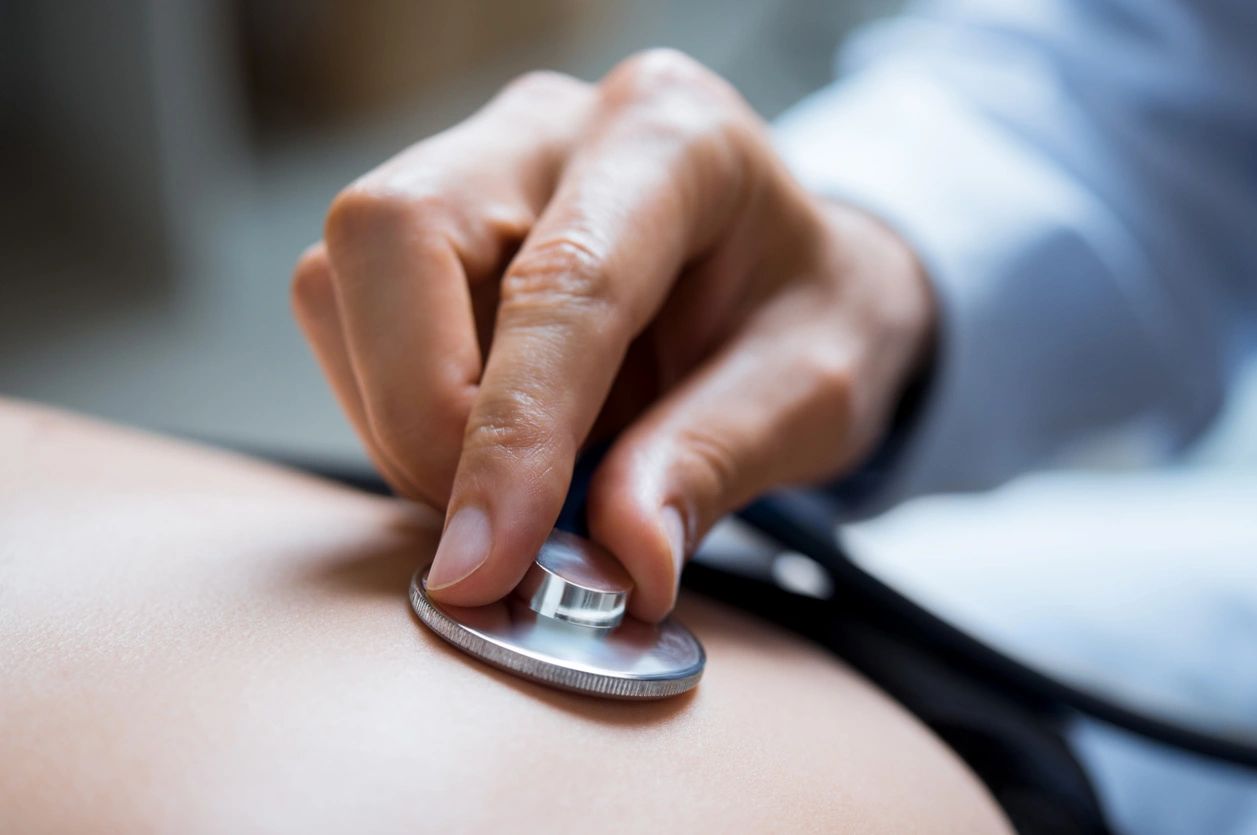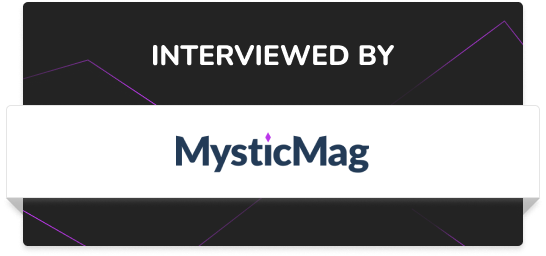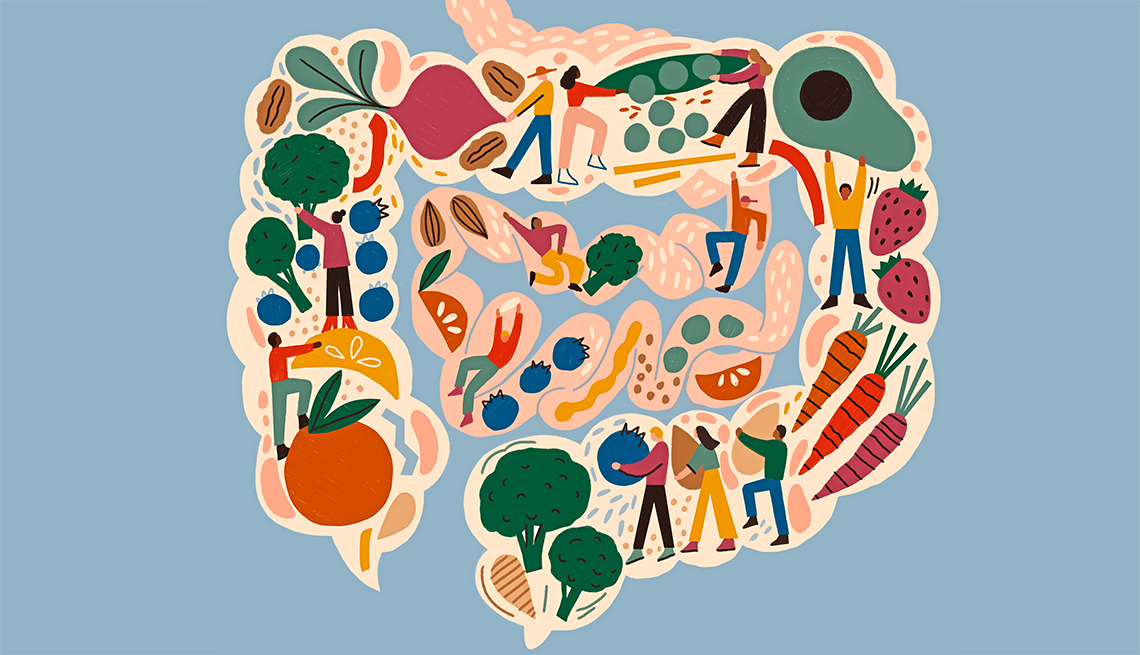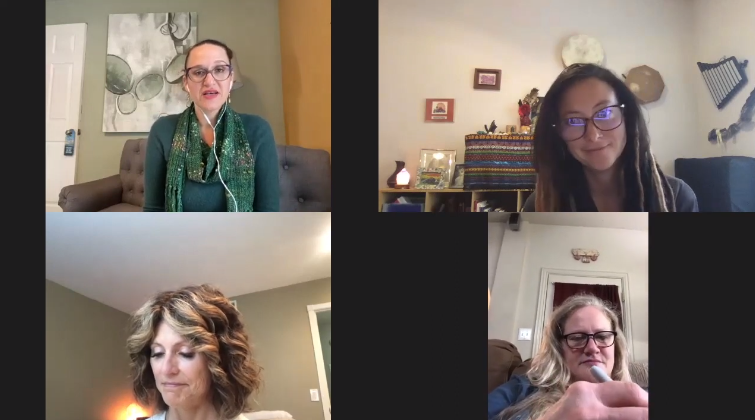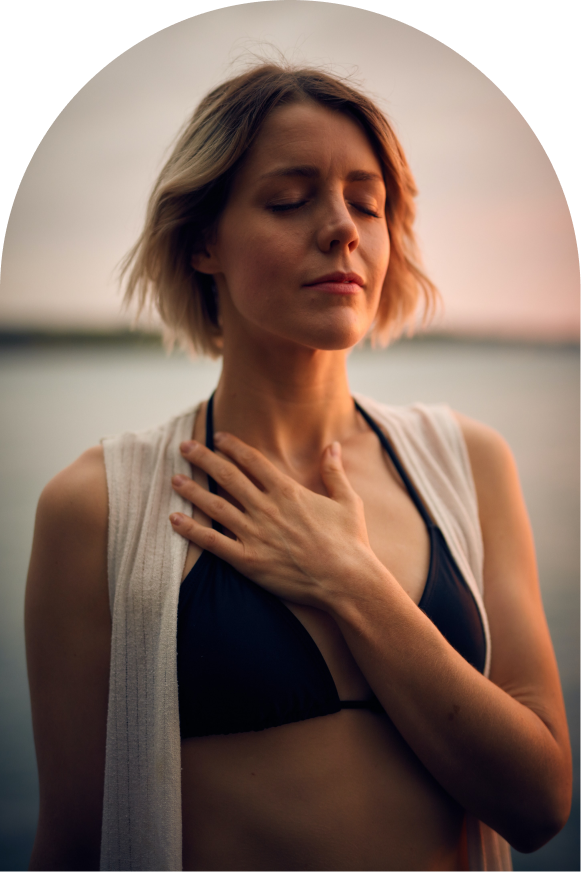Did you know about 800,000 Americans have a stroke each year? That boils down to one person every 40 seconds having a stroke. And according to B.J.Hicks II, MD, (vascular neurologist and co-director of the Comprehensive Stroke Center at Ohio Health Riverside) stroke victims are getting younger as well in patients 30 years old and younger. Especially during post-COVID recovery, many people have become disabled or died as a result of stroke, likely due to an increased blood clotting caused by the virus. In just the past decade, the US has seen about a 44% increase in young adults hospitalized with stroke.
Ok, so that’s the terrible news… but we’re not going to keep you there! Ready for the good news? Stroke is addressable when it is caught early and in some cases, it can be preventable.
What is a stroke? Most are ischemic strokes which involve a blockage of blood flow to the brain usually by a clot within a blood vessel. Another cause of stroke is called hemorrhagic stroke usually attributed to high blood pressure. Constant high blood pressure strains the lining of the blood vessel and can predispose them to bursting. In this time of COVID, we are facing another causation of stroke – one that doctors have been studying for decades but that has recently come more to the limelight. Viral infections such as HIV, and shingles can lead to stroke in the months or years after infection due to the inflammatory response in the vessels that narrows the vessels. COVID-19 works a little differently in that it can cause blood clots a few weeks after the infection which can disrupt the flow of blood to the brain.
Dr. Matthew Fiesta, MD (neuro-interventional radiologist at Texas Health Harris Methodist Hospital Fort Worth) brings up the myth about stroke: “The most persistent myth about stroke is that it’s not treatable.” If a person is admitted to the hospital within 4.5 hours of symptom onset, they can be given a drug that dissolves blood clots called a tissue plasminogen activator.
Another thing to do directly after a stroke is to get acupuncture. There is a documentary called 9,000 Needles that walks through the journey of one man who had a hemorrhagic stroke and had regained some of his capacity by getting acupuncture. The unfortunate part of this man’s journey is that he had waited almost 6 months before he started receiving treatment – even a month can be enough time for the side effects of a stroke to become more of a disability. If one comes in immediately, the results can be astounding towards recovering motor and sensory skills.
How do we prevent stroke? Like so many other serious health conditions, stroke is linked to sustained high levels of stress. Lifestyle changes like getting enough exercise, meditation, and eating healthy foods is understated and foundational to stroke prevention. According to Dr. Hicks, about 80% of strokes can be avoided through healthy lifestyle behavior. Getting acupuncture is a huge and easy way to lower stress by down regulating the nervous system and it takes as little time as it takes to go grocery shopping. It’s also important to cut down on alcohol consumption and up your amount of raw and expeller pressed olive oil intake, as olive oil coats and protects the walls of your vessels from plaque forming and clots.
